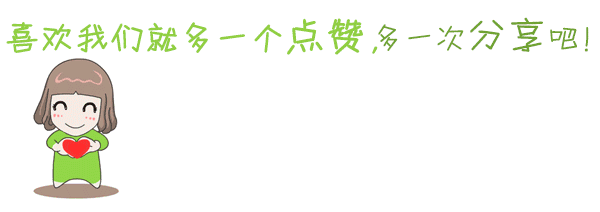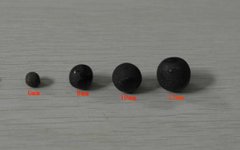
Throughout history, many are familiar with medicinal pills, especially those made from traditional Chinese medicine (TCM), which vary in size and function! In ancient times, there were mud pills personally rolled by Ji Gong, elixirs from Taoist alchemists, and today, we have pills as small as seeds and as large as ping pong balls. Is there a fundamental connection between their appearance and their efficacy? Next, let the pharmacist from the First Municipal Hospital introduce the ‘Big Pills’ and ‘Small Pills’ in TCM.
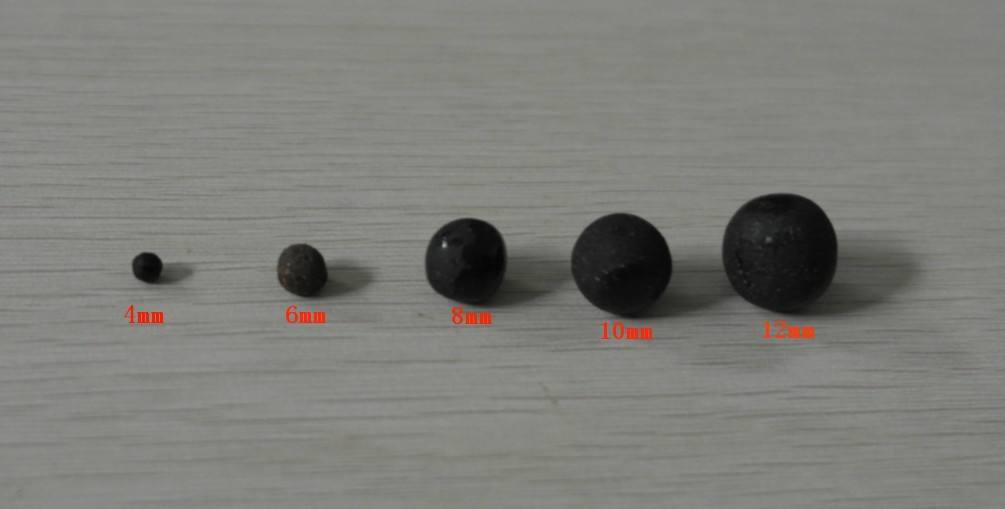
 01What are Traditional Chinese Medicine Pills?
01What are Traditional Chinese Medicine Pills?
Pills are a widely used traditional dosage form in TCM and remain one of the main forms of TCM preparations today. Classical medical texts such as the “Shen Nong’s Herbal Classic,” “Essentials of Prescriptions of the Golden Chamber,” and “Treatise on Febrile Diseases and Miscellaneous Disorders” document the theory and application of pill dosage forms. With the continuous development of medical science and the pharmaceutical industry, the types and manufacturing techniques of pills have also significantly advanced.
TCM pills mainly include honey pills (蜜丸), water honey pills (水蜜丸), water pills (水丸), paste pills (糊丸), wax pills (蜡丸), concentrated pills (浓缩丸), and drop pills (滴丸), each with its own characteristics and properties.
02Commonly Used TCM Pills in Modern Clinical Practice
The following introduces the common varieties of ‘Big Pills’ and ‘Small Pills’ in TCM.
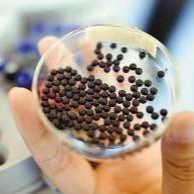 TCM ‘Small Pills’
TCM ‘Small Pills’
1. Water Pills (水丸)
Commonly referred to as water pills, these are pills made using finely powdered medicinal slices combined with water (or yellow wine, vinegar, medicinal juice, or syrup) as a binding agent.
The characteristics of this dosage form include: 1. Easy to take, with each pill weighing approximately 0.5g or less (traditionally described using physical references, such as the size of mustard seeds or phoenix tree seeds); 2. Easily dissolvable and quickly absorbed; 3. Can be made into long-acting preparations.
Common varieties include: Mei Hua Dian She Wan (Plum Blossom Pointing Tongue Pill), She Xiang Bao Xin Dan (Musk Heart-Saving Pill).
2. Drop Pills (滴丸)
Drop pills are spherical or quasi-spherical preparations made by heating and melting the raw medicinal materials with a suitable matrix, then dropping them into a non-miscible, non-reactive cooling medium.
The characteristics of this dosage form include: 1. High bioavailability and rapid effect; 2. Accurate dosage with minimal weight variation (most individual pills also controlled at 0.5g or less); 3. High degree of automation in production and low production costs. Therefore, drop pills are often the preferred dosage form for emergency medications, with their high bioavailability and rapid effects making them particularly effective in the cardiovascular system and for alleviating upper respiratory symptoms!
Common varieties include: Su Xiao Jiu Xin Wan (Quick-Acting Heart-Saving Pill), Fu Fang Dan Shen Di Wan (Compound Salvia Drop Pill), Qing Yan Di Wan (Throat Clearing Drop Pill).
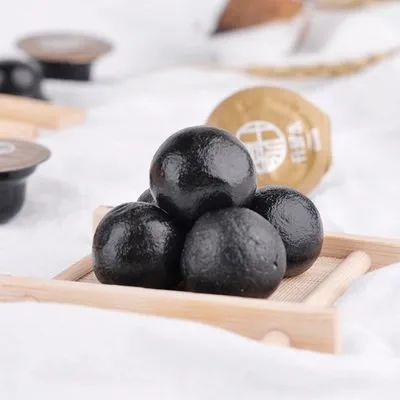 TCM ‘Big Pills’
TCM ‘Big Pills’
Big Honey Pills (大蜜丸)
These are pills made from finely powdered medicinal slices using honey as a binding agent. Honey is rich in glucose, fructose, organic acids, vitamins, volatile oils, enzymes, and other nutrients, providing benefits such as nourishment, flavor correction, lung moistening and cough relief, constipation relief, and detoxification.
The characteristics of this dosage form include: 1. Due to the high honey content, they are often used as nourishing agents; 2. Commonly used to treat chronic diseases; 3. Pleasant taste, big honey pills can be chewed (with individual pills weighing over 0.5g).
Common varieties include: Wu Ji Bai Feng Wan (Black-Boned Chicken White Phoenix Pill), Liu Wei Di Huang Wan (Six Flavor Rehmannia Pill), Jin Gui Shen Qi Wan (Golden Chamber Kidney Qi Pill).
With the development of modern pharmaceutical technology, different dosage forms of the same medicine may appear to meet market demands. Through the above content, I believe everyone has gained some understanding of TCM pills, and in the future, when purchasing medications, you can choose the appropriate dosage form based on your needs!
Note: Images sourced from the internet, thanks to the image authors. Please contact for removal if there is any infringement.

Author| Deng Yanbin
Reviewed by| Li Xin
Edited by| Tang Rong
Chief Editor| Peng Xiaoqing
References:
1. Pharmacopoeia of the People’s Republic of China, Volume 4.
2. Professional Knowledge of Traditional Chinese Medicine (I): 2019/National Medical Products Administration Pharmacist Qualification Certification Center Compilation, 7th Edition. Beijing: China Medical Science Press, 2018.12
▼Previous Highlights▼
1. Health Science || How Much Harm Do ‘Enhanced’ Herbal Teas Cause to the Human Body?
2. Sweet Watermelon vs. Salty Watermelon Frost—Discussing the Correct Way to Eat Watermelon~
3. A Man Who Ate Celery Daily for 3 Years to Lower Blood Pressure—Why Did He End Up in Trouble?
4. Betel Nut Causes Cancer—Can It Still Be Consumed as a TCM? The Safety Risks of Edible vs. Medicinal Betel Nut Should Be Treated Differently.
5. Thai Breast Enhancement Cream Becomes a Trend—Can Kudzu Really Enhance Breasts?


Pharmacy Knowledge
ProfessionalInteresting
Pharmaceutical Science Popularization

